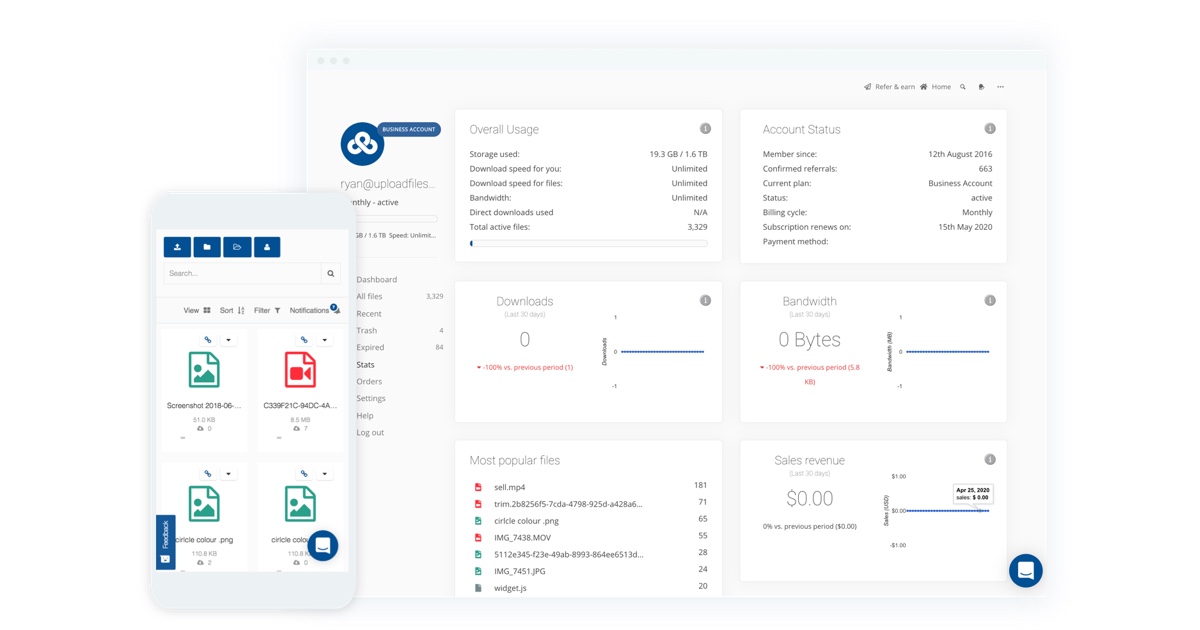I was going to ask the same question about this at some point myself but just haven't had the time of late to experiment with things.
I have observed this for quite sometime myself and not just CAP+ but also with some of Motorola's non TIII systems as well.
You see the voice superframe payload for frame 'F' return 'RRR' (repeat) for the 3 voice frames it is supposed to contain.
And/Or you see the voice superframe frame 'F' EMB signalling/RC single fragment return a failed CRC7.
I guessed this maybe a hidden CSBK PDU but I have never tried to decode as such yet.
I also thought this was connected to the ALGO_ID/MI PDU for higher encryption types, but none of the ones I have observed where this is seen use encryption.
This ALGO_ID/MI PDU is also some info I need to look into sometime as well.
I'm sure I saw this was contained in a superframe as well.
I think I might have found some information regarding this. This entire thing seems to be documented in Motorola's patent for "Method for interrupting voice transmissions within a multi site communication system", which I'm pretty sure refers to TXI. The patent found
here describes the single burst embedded link control as well as an opcode, 3-bit crc, and information field for the 11-bit PDU, as well as vaguely describing what happens or may happen in the dropped voice burst, but doesn't really say much about how to de-interleave or decode it (BPTC, other encoding?), but looking at the raw payload collected on all three AMBE frames that would occur there shows that the payloads in those locations are the same bits of data broadcast in triplicate, which may or may not be erroneous IF the BS transmits absolutely nothing there but dead air and the demodulator just fills in dibits but still, seems unlikely for it to produce three sets of the exact same bits in AMBE fields 1,2,3 (prior to decoding) and also have a seemingly valid single burst.



All this found, I'm still struggling to find a consistent setup for finding the single burst embedded key/alg id and NOT some other signalling (TXI, or otherwise) I also believe that Cap+ may also signal things in this field (Site ID). I think one thing I did figure out (but couldn't always reproduce) is that if the embedded link control shows a SVC OPT of 0x70, the very next superframes VC6 will be pre-empted for the backwards channel/reverse channel opportunity. Also, still working out how, or which poly a CRC3 might be on this information, and if I should read the bits in the forward or reverse direction.






